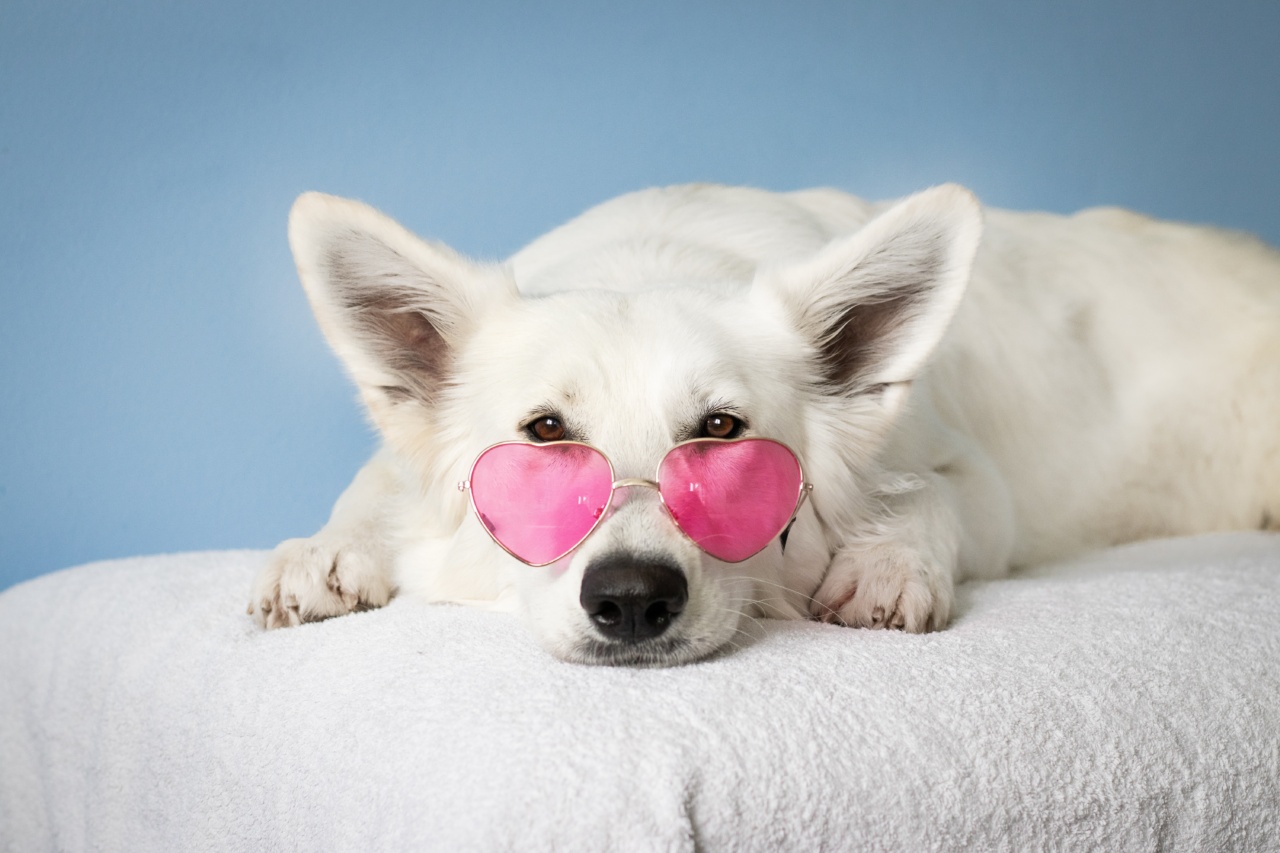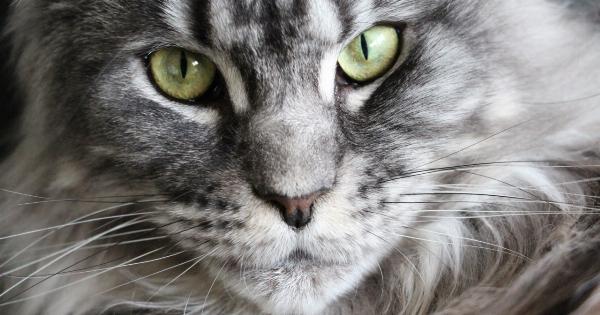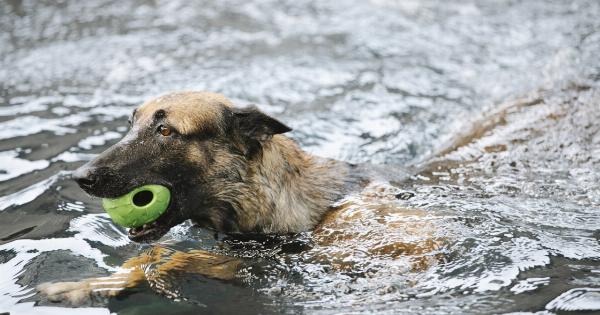Are dogs and wolves really that similar? This is a question that has intrigued animal enthusiasts and researchers for years. Dogs and wolves share a common ancestry and belong to the same scientific family, Canidae, but how similar are they really?.
Evolutionary Relationship
Dogs and wolves share a common ancestor that dates back thousands of years. It is believed that domestic dogs descended from wolves and were domesticated by humans.
Over time, these wild wolves underwent genetic changes and adaptations to survive in various environments, leading to the diverse dog breeds we see today.
Physical Characteristics
While there are some similarities in physical appearance between dogs and wolves, there are also notable differences. Wolves typically have a lean and muscular build, with long legs and a narrow chest.
Their coats are thick and provide insulation in extreme weather conditions. On the other hand, dog breeds exhibit a wide range of physical traits depending on their purpose and selective breeding. Dogs can vary greatly in size, coat type, and overall body structure.
Behavioral Patterns
One of the most significant differences between dogs and wolves is their behavior. Wolves are highly social animals that live in packs and have a well-defined hierarchy. They work together in hunting, raising offspring, and defending their territory.
Dogs, on the other hand, have been selectively bred for various purposes and have become more dependent on humans. While they can still exhibit pack-like behavior, it is not as ingrained as it is in wolves.
Vocalizations
Another notable difference between dogs and wolves is their vocalizations. Wolves are known for their characteristic howling, which is a means of communication within their pack.
Howling helps wolves maintain contact and serves as a territorial declaration. Dogs, on the other hand, have a wider range of vocalizations that they have developed through their interaction with humans. They can bark, growl, whine, and even yip to express different emotions and needs.
Dietary Requirements
Both dogs and wolves are carnivorous, but their dietary requirements differ to some extent. Wolves primarily rely on hunting and consuming animal flesh for their nutrition. Their diet consists mostly of deer, elk, rabbits, and other small mammals.
Dogs, on the other hand, have adapted to various diets depending on their domestication and selective breeding. While many commercial dog foods are meat-based, dogs can also thrive on diets that include grains, vegetables, and fruits.
Genetic Differences
Despite their common ancestry, dogs and wolves have distinct genetic variations. The domestication process has led to genetic changes in dogs that differ from their wild wolf ancestors.
These changes can be observed in the physical appearance, behavior, and even the ability to digest certain foods. Genetic studies have also revealed that specific genes related to digestion and metabolism have diverged in dogs and wolves.
Reproductive Behaviors
Reproductive behaviors vary between dogs and wolves. Wolves typically breed once a year during the winter months when food is scarce. The alpha male and female are the only breeding pair within a pack, ensuring the survival of the strongest genes.
In contrast, dogs can breed throughout the year, and selective breeding has been done by humans to produce specific traits desirable in certain breeds. Dogs also lack the intense hierarchical structure seen in wolf packs.
Intelligence and Trainability
Both dogs and wolves are intelligent animals, but dogs have been selectively bred for their trainability. Over generations, humans have focused on breeding dogs that are more responsive to commands and easier to train.
This has resulted in a wide variation in intelligence and trainability among different dog breeds. Wolves, although highly intelligent, have not undergone this same selective breeding for trainability.
Legal and Conservation Status
Wolves are protected by law in many countries due to their status as endangered or threatened species. They continue to face habitat loss and human conflicts, making conservation efforts crucial.
Dogs, on the other hand, are not regulated by the same laws as wolves. They are considered domesticated animals and are protected under animal welfare laws. Dogs are far more numerous and have a thriving population as they have been bred by humans for thousands of years.
Coexistence and Conservation Efforts
Despite the differences between dogs and wolves, there are efforts to promote their coexistence and conservation. Organizations work to raise awareness about the importance of wolves in the ecosystem and the need to protect their habitats.
Additionally, projects that focus on responsible dog ownership and promoting canine welfare contribute to a better understanding of the bond between dogs and humans.
Conclusion
In conclusion, while dogs and wolves share a common ancestry, there are distinct differences between these two species. Dogs have undergone extensive selective breeding by humans, resulting in a wide range of physical and behavioral traits.
Wolves, on the other hand, have retained their wild and pack-oriented behavior. The similarities between dogs and wolves are most evident in their genetic makeup and dietary preferences. Understanding these differences and similarities helps us appreciate the evolutionary journey that dogs and wolves have taken.






























